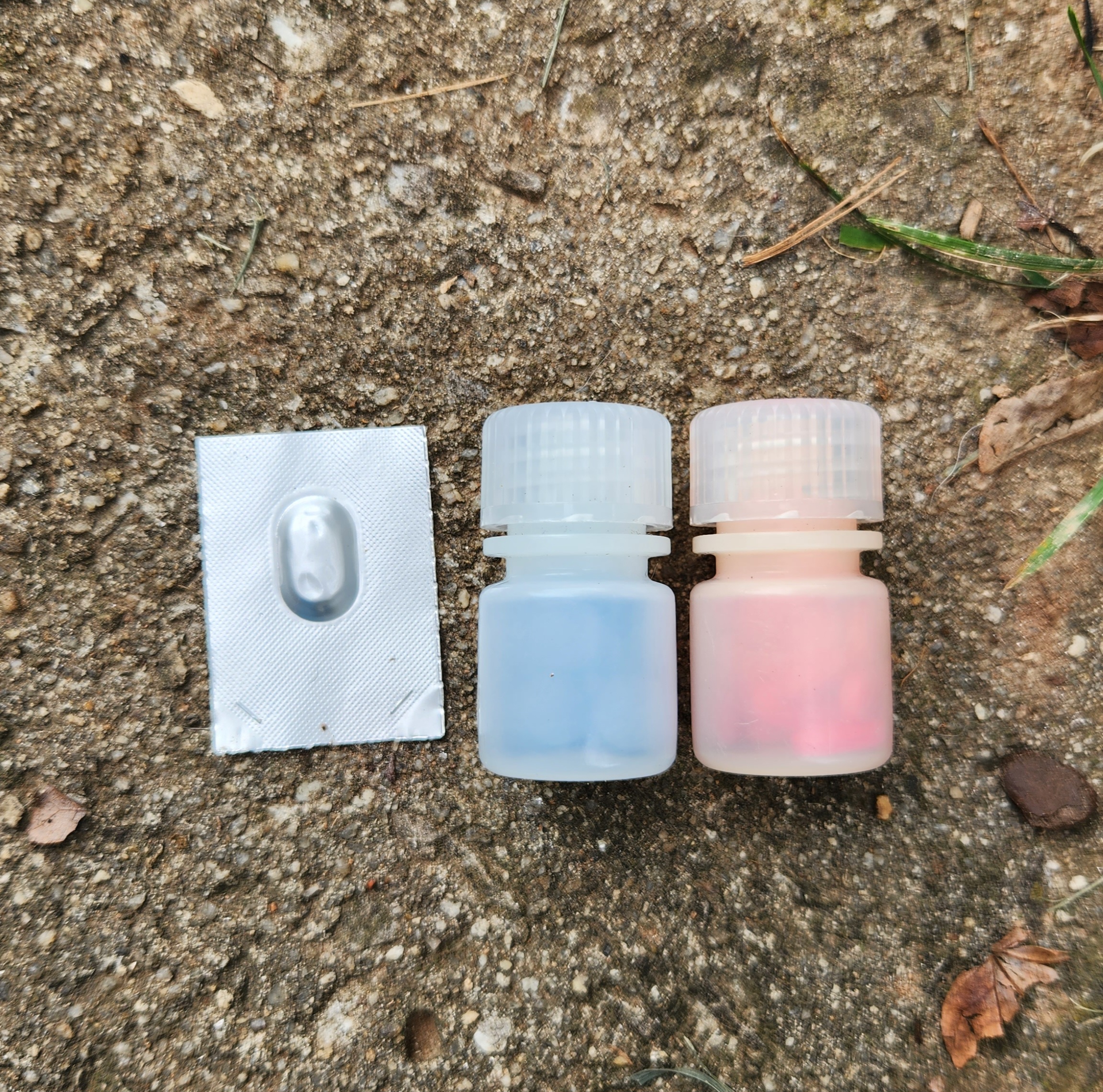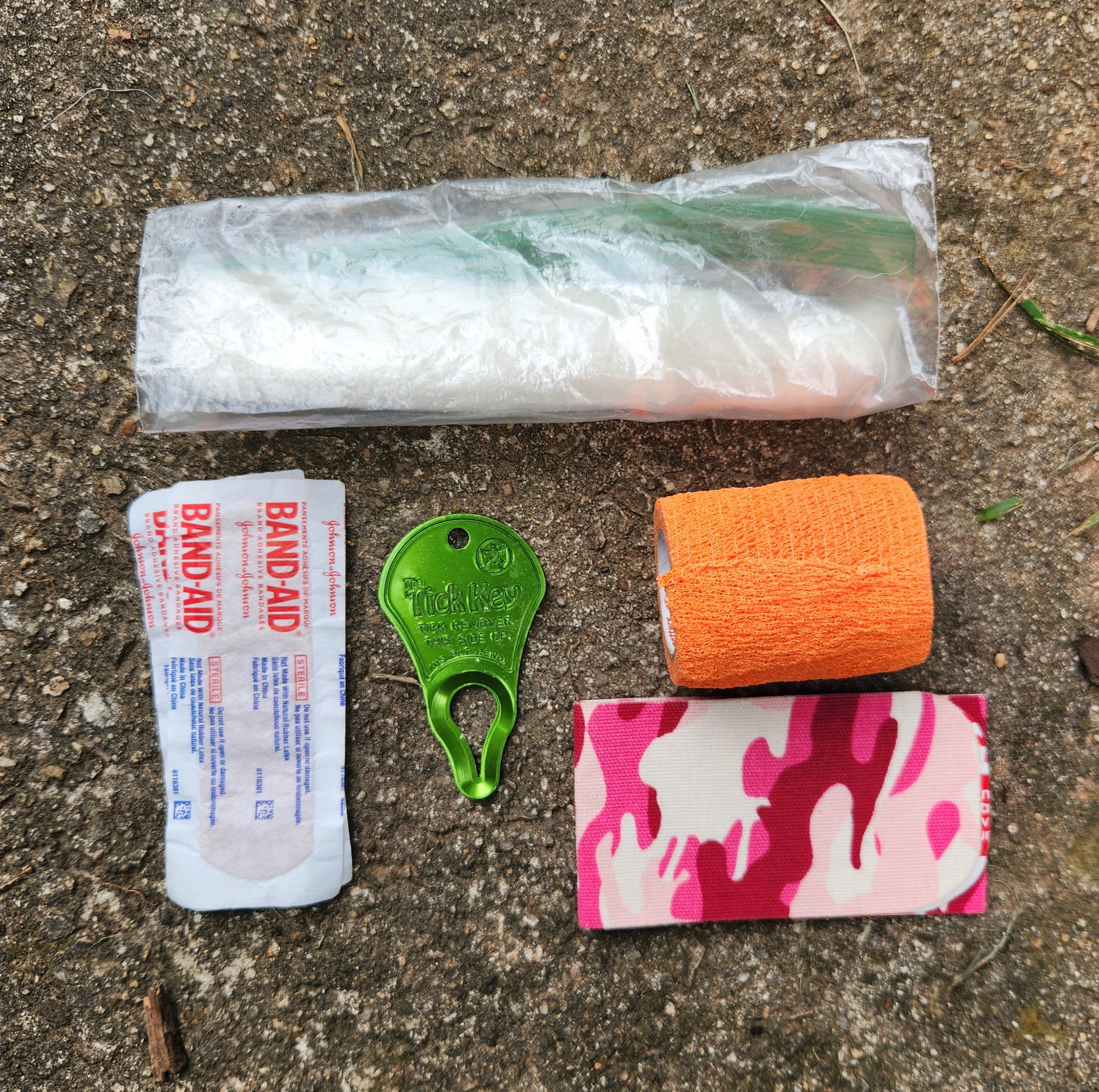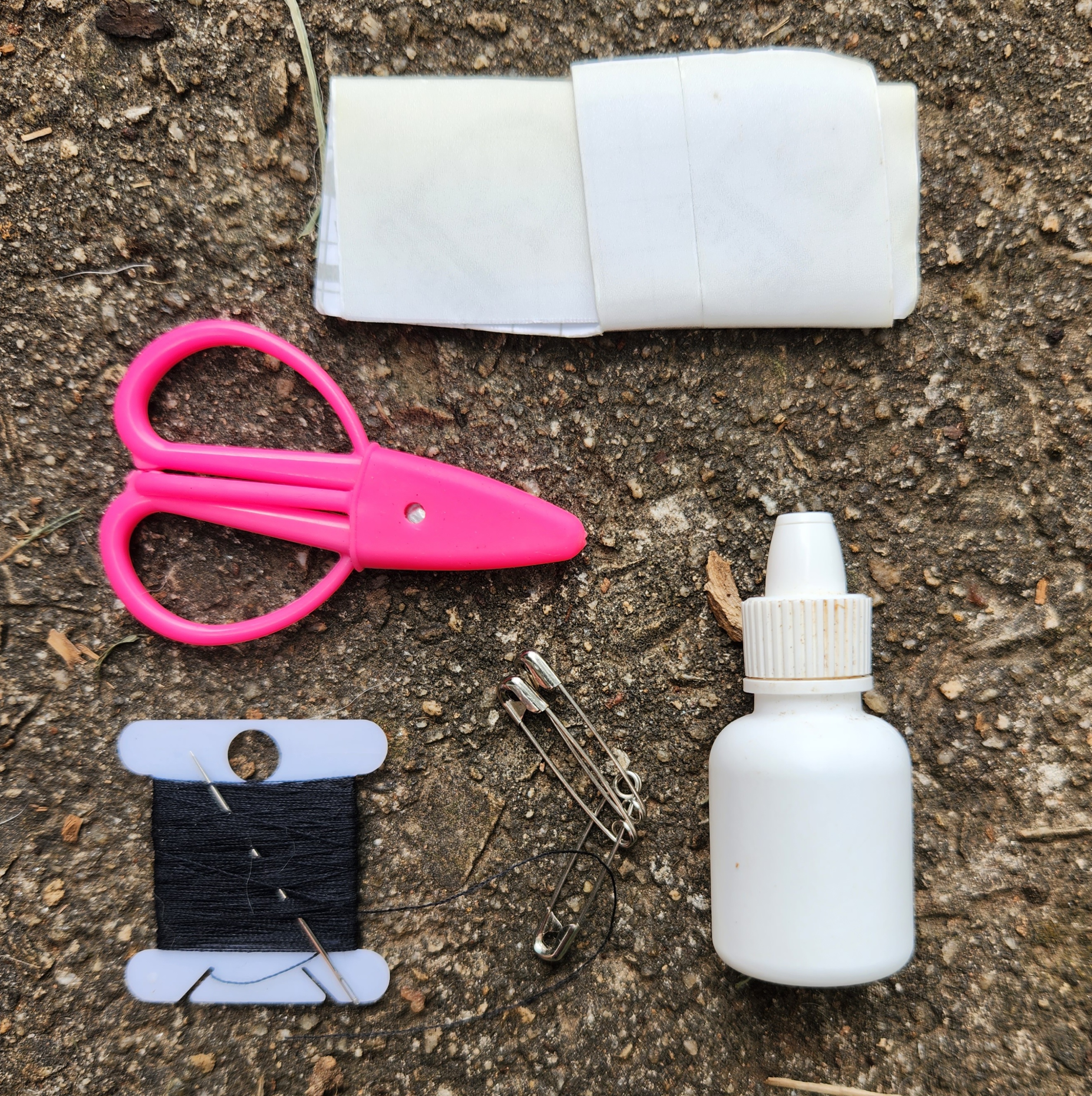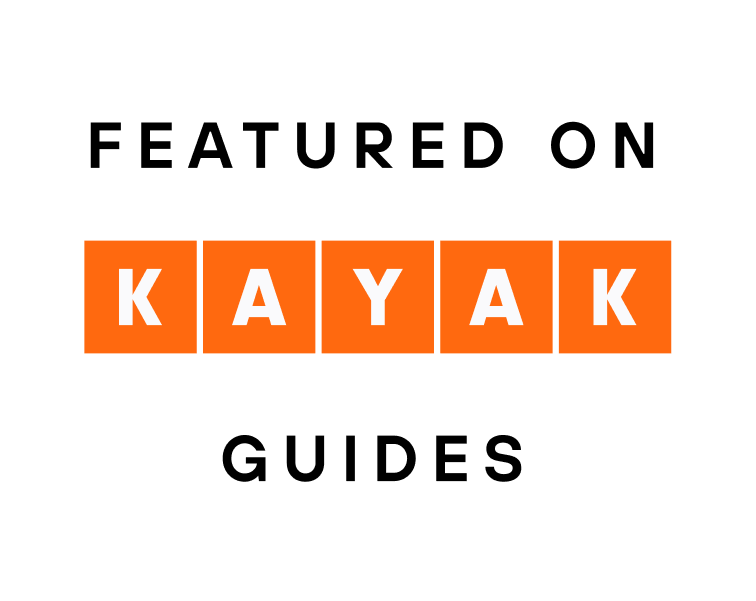One of the most common questions we get asked by new backpackers is what they should carry in their First Aid Kit. On our guided trips, our Guides carry a well-stocked first aid kit for the group. But when people start hiking on their own? There are as many opinions about what hikers should carry as there are hikers, ranging from nothing to full-on Wilderness First Responder (WFR) first aid kits.
What I carry personally falls somewhere in the middle. It is based on my medical history, my gear needs, the activities I'm participating in, where I'll be, my personal risk tolerance, and my own wilderness medical training. The goal of my first aid kit is to be able to address the most common injuries or illnesses I may face, long enough for me to get out of the woods. In the Southern Appalachians, I am seldom more than a couple hours walk from the nearest road access point. Just like everything else with backpacking, there will be a balance of carrying enough to keep you safe vs not adding too much extra weight to your pack. All of these factors will be different for you, so your First Aid Kit will look different from mine.

I pack my First Aid Kit into a small zippered pouch (shown next to my Garmin InReach Mini for scale, and it includes a few Gear Repair items as well. On trail, I keep this in the front mesh pocket on my pack, so it is easily accessible if I need it. I carry a few additional emergency items elsewhere in my pack that are not listed below - GPS communication device, trail wallet (ID, insurance card, debit card, cash), and cell phone (charged, kept on airplane mode). I also wear an ID bracelet, which lists my name, emergency contact person, and pertinent medical history.
This list is not designed to be all inclusive, and as I already mentioned, your kit will probably look very different from mine. This is just intended to be an example, which you can use as a starting point when building your own first aid kit. You should ensure that you know how to properly use anything in your first aid kit. I highly recommend that anyone planning to recreate in the outdoors take a Wilderness First Aid course if you're able.
Medications
- Rescue Medications

- Benadryl
- Ibuprofen (or your preferred medication for pain/inflammation/fever)
- Not shown: EpiPen (carried in a shoulder strap pocket), daily medications (carried in my toiletry kit), and electrolyte tablets (carried in my food bag)
Wound and Injury Prevention and Care
- Pre-Cut Strips of Kinesiology Tape

- Bandages
- Small roll of self-adherent wrap (ex: Coban)
- Blister wool in a zip top bag
- Tick key (depending on the season and location, I may add insect repellent, sunscreen, topical diphenhydramine, and/or sunburn cream)
- Not shown: bandana (carried in a shoulder strap pocket on my pack)
Gear Repair
- Small strip of gear repair tape

- Scissors
- Needle and thread
- Safety pins
- Dropper bottle of bleach (back-up water purification)
- Not shown: duct tape (wrapped around my water bottle)








